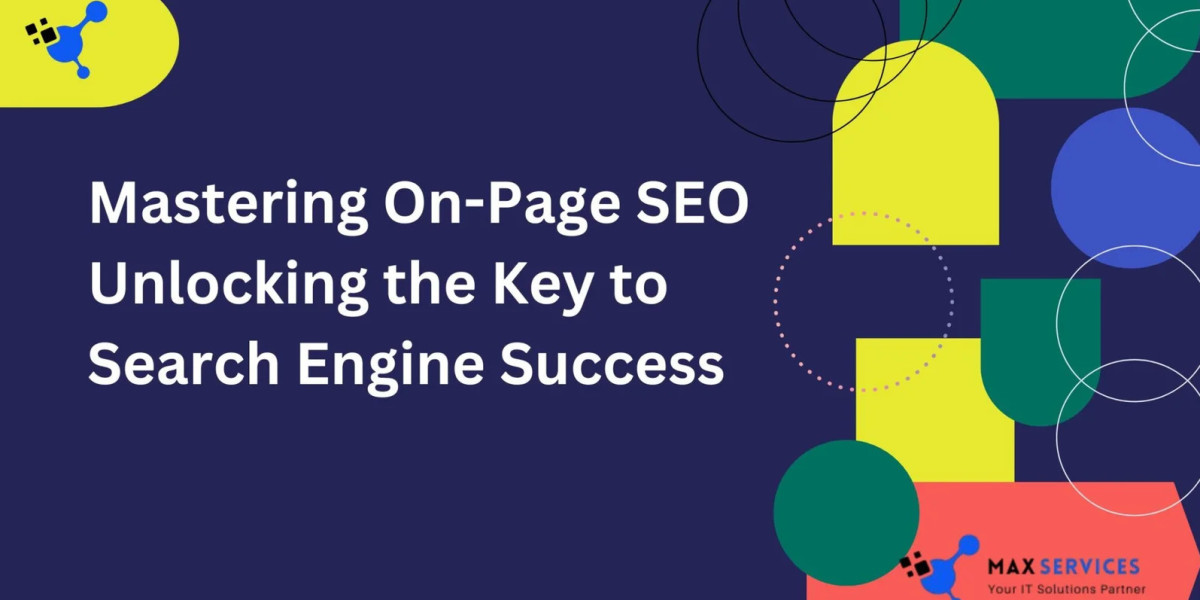What is On-Page SEO?
On-page SEO, also referred to as on-site SEO, involves optimizing various elements within a web page to improve its visibility in search engine results pages (SERPs). This includes refining HTML tags, content structure, site architecture, and images to ensure search engines can effectively index and rank the content.
Key Components of On-Page SEO
Several crucial elements contribute to successful on-page SEO. These components work collectively to enhance search rankings, improve user experience, and optimize site performance. Below is a breakdown of the most essential aspects:
1. Keyword Research and Optimization
Keywords are the terms users enter into search engines when seeking information, products, or services. Identifying the right keywords and strategically integrating them into your web pages can significantly improve search rankings.
Importance:
Proper keyword usage in title tags, meta descriptions, headers, and content helps search engines determine relevance.
Targeting keywords that align with user intent attracts highly qualified visitors.
Best Practices:
Include primary keywords in title tags to make them compelling and relevant.
Optimize meta descriptions with target keywords to improve click-through rates (CTR).
Use header tags (H1, H2, H3, etc.) to structure content and improve readability.
Keep URLs short and descriptive, incorporating relevant keywords.
Naturally integrate keywords within the body content for a seamless reading experience.
2. High-Quality, Engaging Content
Content is the backbone of on-page SEO. Well-crafted, informative, and engaging content significantly impacts search rankings.
Importance:
Quality content increases user retention, lowers bounce rates, and enhances engagement metrics.
Search engines prioritize pages that effectively address user queries and provide value.
Best Practices:
Aim for comprehensive, in-depth content that thoroughly covers the topic.
Align content with search intent, whether informational, transactional, or navigational.
Enhance readability using short paragraphs, bullet points, images, and subheadings.
3. Title Tags and Meta Descriptions
Title tags define a webpage’s title and appear as clickable headlines in search results, while meta descriptions provide brief content summaries.
Importance:
Optimized title tags can boost search rankings and attract clicks.
Well-written meta descriptions can enhance CTR and user engagement.
4. URL Structure
A well-structured URL benefits both SEO and user experience.
Importance:
Search engines rely on URLs to interpret page topics.
Simple and descriptive URLs improve navigation and memorability.
5. Internal Linking
Internal links connect pages within a website, distributing link equity and improving navigation.
Importance:
Helps search engines discover and index new content.
Enhances user experience by directing visitors to relevant content.
Strengthens the authority of important pages through link equity distribution.
Best Practices:
Use contextual links within the content rather than in footers or sidebars.
Implement descriptive anchor text containing relevant keywords.
6. Image Optimization
Optimizing images improves page speed, accessibility, and user experience.
Importance:
Reduces page load times, positively impacting rankings and user engagement.
Helps visually impaired users and search engines understand images through alt text.
Best Practices:
Compress images using tools like TinyPNG.
Include descriptive alt text with relevant keywords.
Ensure images are responsive for optimal display on different screen sizes.
7. Mobile-Friendliness
With mobile-first indexing, Google prioritizes mobile-friendly websites for ranking.
Importance:
A mobile-optimized site ensures a seamless experience across devices.
Reduces bounce rates and enhances user engagement.
Best Practices:
Utilize responsive web design for adaptability.
Optimize images, JavaScript, and CSS for faster mobile loading.
Ensure buttons and navigation are user-friendly on mobile devices.
8. Page Load Speed
Fast-loading pages contribute to better SEO and user satisfaction.
Importance:
Google considers page speed a ranking factor.
Slow websites result in higher bounce rates and reduced engagement.
Best Practices:
Minimize and combine files to improve load speed.
Implement a Content Delivery Network (CDN) for faster content delivery.
9. User Engagement Metrics
Search engines analyze user engagement signals, such as bounce rates and session duration, to assess content quality.
Importance:
Engaging content improves rankings by signaling relevance and usefulness.
Higher interaction levels contribute to better overall user experience.
10. Social Sharing and User Interaction
While social signals don’t directly impact SEO, they can influence rankings by generating traffic and backlinks.
Importance:
Social media exposure increases brand visibility and organic traffic.
Shared content has a higher chance of earning backlinks, improving SEO.
Best Practices:
Include social sharing buttons to encourage distribution.
Create high-value, research-backed content that resonates with your audience.
Conclusion
By mastering essential on-page SEO elements such as keyword usage, content optimization, title tags, internal linking, and mobile-friendliness, you can enhance both search rankings and user experience. Implementing these strategies not only helps search engines understand your content but also provides a superior browsing experience, leading to increased engagement, more traffic, and long-term online success.







